Health Consciousness
The increasing awareness of health and wellness among consumers appears to be a pivotal driver in the Caffeinated Beverage Market. As individuals become more health-conscious, they tend to seek beverages that offer functional benefits, such as enhanced energy and improved mental focus. This trend is reflected in the rising demand for low-calorie and sugar-free caffeinated options. According to recent data, the market for health-oriented caffeinated beverages is projected to grow significantly, with a notable increase in sales of products that incorporate natural ingredients and vitamins. This shift towards healthier choices indicates that manufacturers in the Caffeinated Beverage Market must adapt their offerings to meet evolving consumer preferences.
Sustainability Initiatives
Sustainability has emerged as a significant driver in the Caffeinated Beverage Market, as consumers become more environmentally conscious. Brands that prioritize sustainable sourcing and eco-friendly packaging are likely to resonate with a growing segment of the market. This trend is reflected in the increasing demand for organic and ethically sourced coffee and tea products. Market data indicates that consumers are willing to pay a premium for beverages that align with their values, suggesting that sustainability initiatives could enhance brand loyalty and market share. As a result, companies in the Caffeinated Beverage Market are increasingly focusing on sustainable practices to meet consumer expectations.
Innovative Product Development
Innovation in product development is a crucial driver for the Caffeinated Beverage Market. Companies are increasingly introducing new flavors, formulations, and packaging to attract diverse consumer segments. For instance, the emergence of ready-to-drink coffee and energy drinks with unique flavor profiles has captured the attention of younger demographics. Additionally, the incorporation of functional ingredients, such as adaptogens and nootropics, is gaining traction. Market data suggests that innovative products are likely to account for a substantial share of the overall market growth, as consumers seek novel experiences and enhanced benefits from their caffeinated beverages.
Convenience and On-the-Go Consumption
The fast-paced lifestyle of modern consumers is driving the demand for convenience in the Caffeinated Beverage Market. As individuals increasingly seek quick and easy options, ready-to-drink beverages have gained popularity. This trend is particularly evident among busy professionals and students who prefer portable caffeinated options that fit into their daily routines. Market analysis indicates that the convenience segment is expected to witness robust growth, with sales of single-serve packaging and grab-and-go products on the rise. This shift underscores the importance of accessibility and convenience in shaping consumer choices within the Caffeinated Beverage Market.
Digital Marketing and E-commerce Expansion
The rise of digital marketing and e-commerce platforms is transforming the Caffeinated Beverage Market. With the proliferation of online shopping, brands are leveraging digital channels to reach consumers more effectively. This shift has led to an increase in direct-to-consumer sales, allowing companies to engage with their audience and tailor their offerings. Market data suggests that e-commerce sales of caffeinated beverages are expected to grow significantly, driven by the convenience of online shopping and targeted marketing strategies. As a result, businesses in the Caffeinated Beverage Market are investing in digital marketing initiatives to enhance their online presence and capture a larger share of the market.


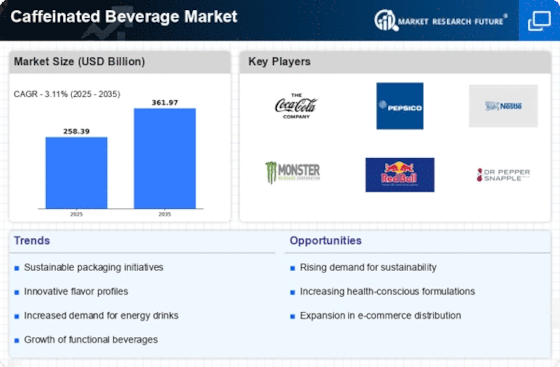
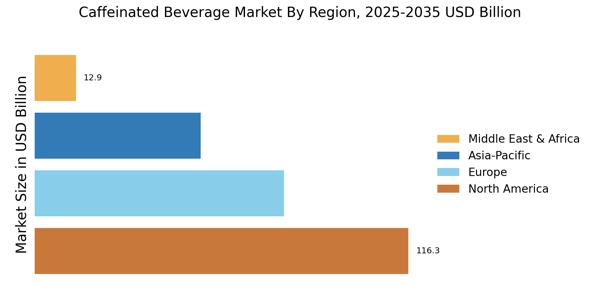
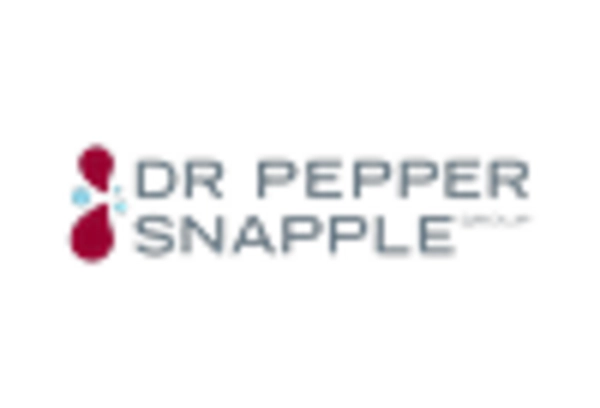
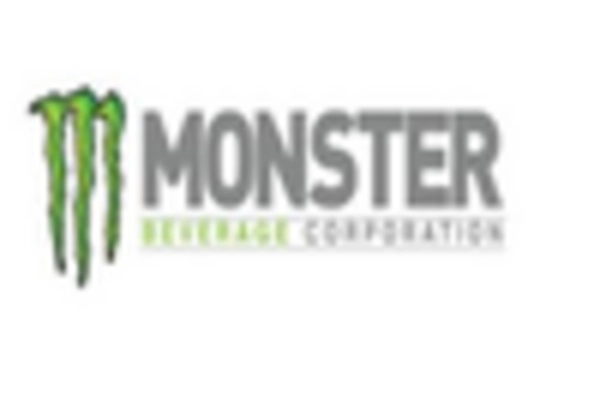
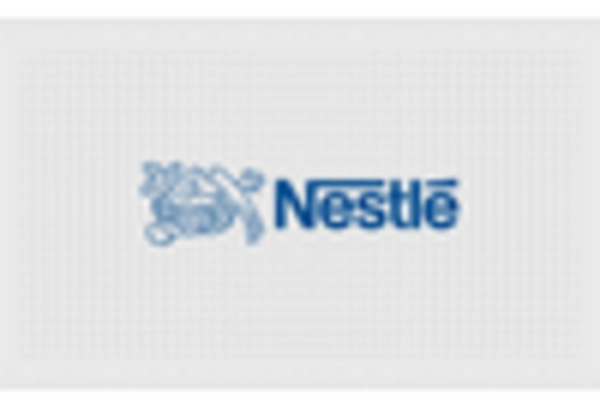

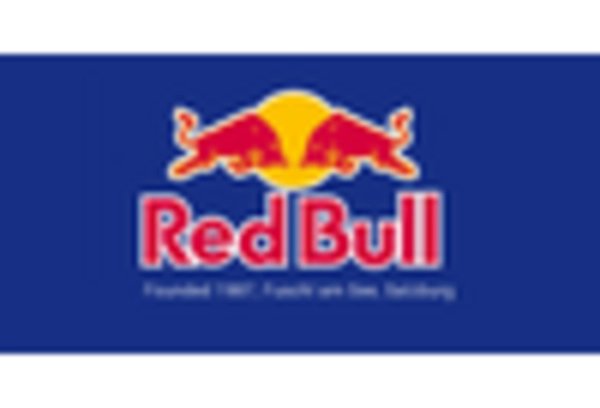
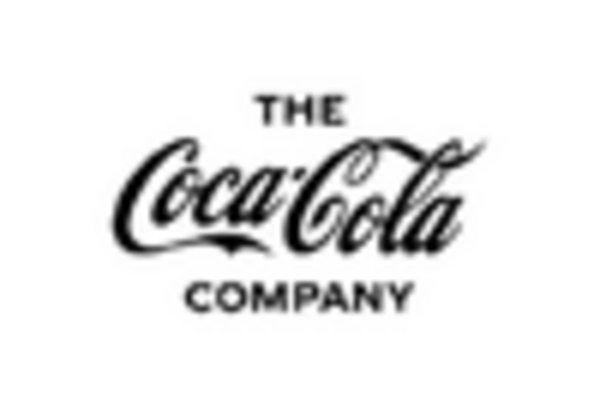








Leave a Comment